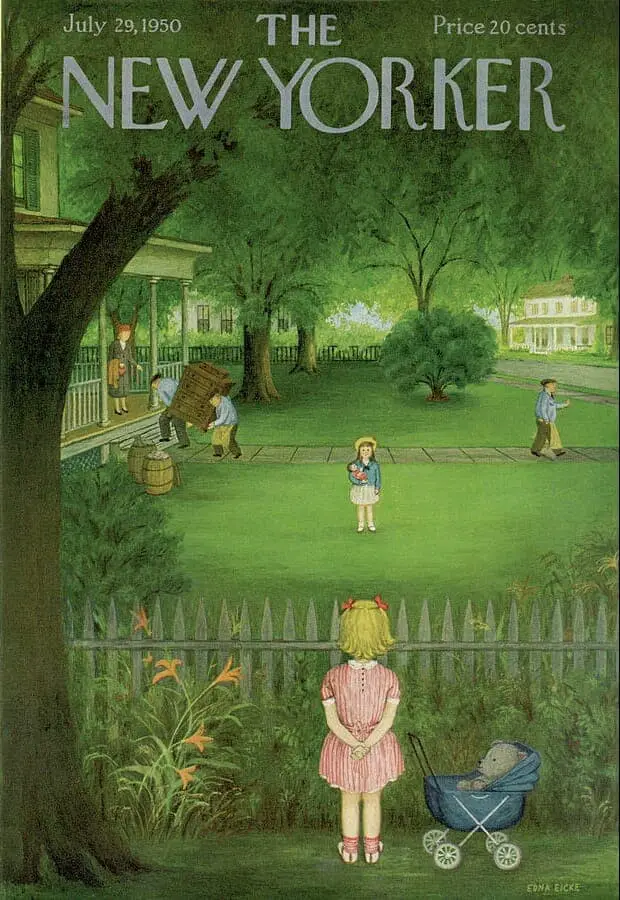-
The Ideology Of Persistence In Children’s Literature Analysis
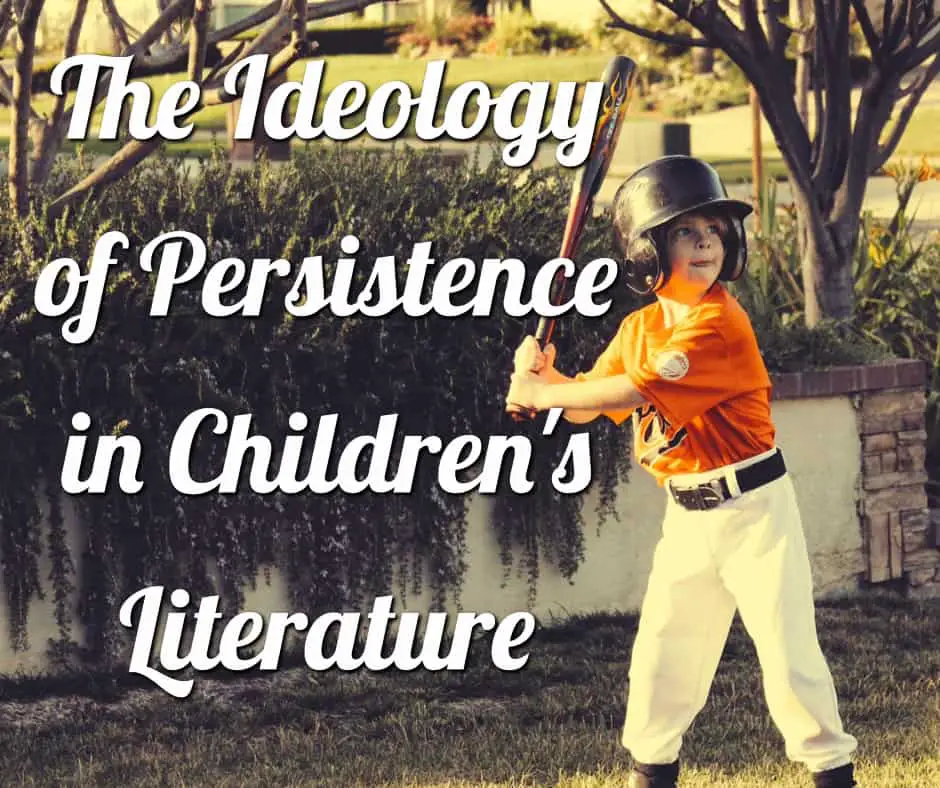
If you work hard you will find success. Persistence leads to success is a comforting truism, because we feel the future is under our own control. Work hard, you win. An episode of a Freakonomics podcast provides a strong, economically sound argument for sometimes giving up. But you’ll be hard pressed to find a book for
-
Moral Dilemmas And Children’s Stories
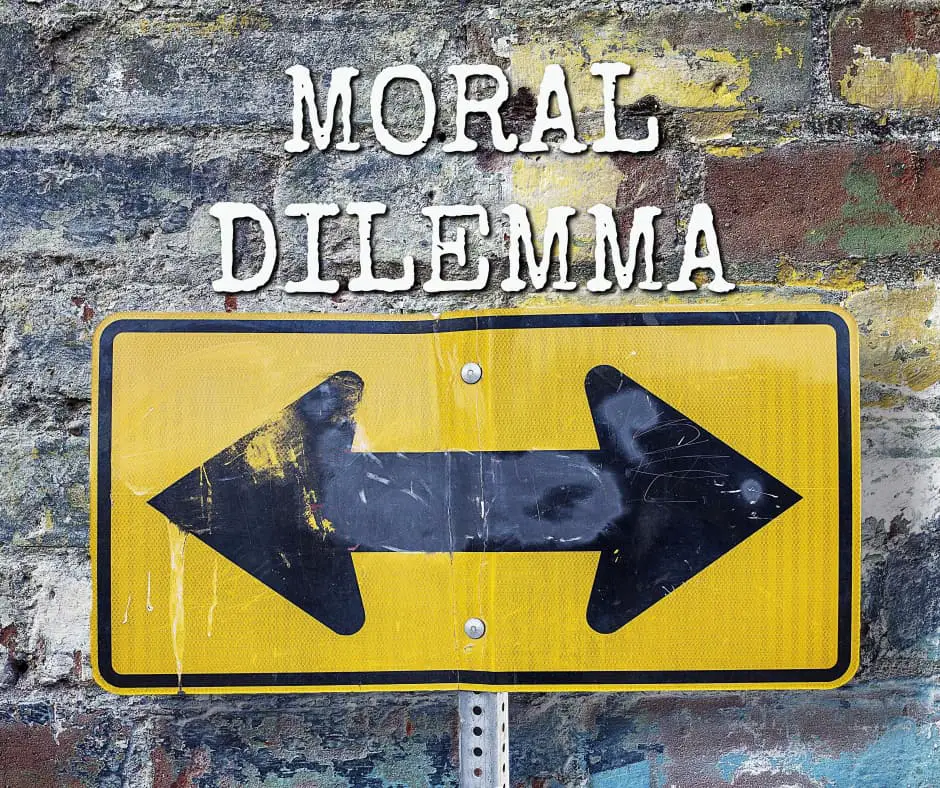
What Is A Moral Dilemma? Philosophers are especially concerned with moral dilemmas, and ask the following question: Is it possible to do a morally wrong action in order to do what is morally required? Various branches of philosophy disagree on the answer to that question. Some believe the question itself contains a paradox, rendering the
-
Birds In Children’s Literature
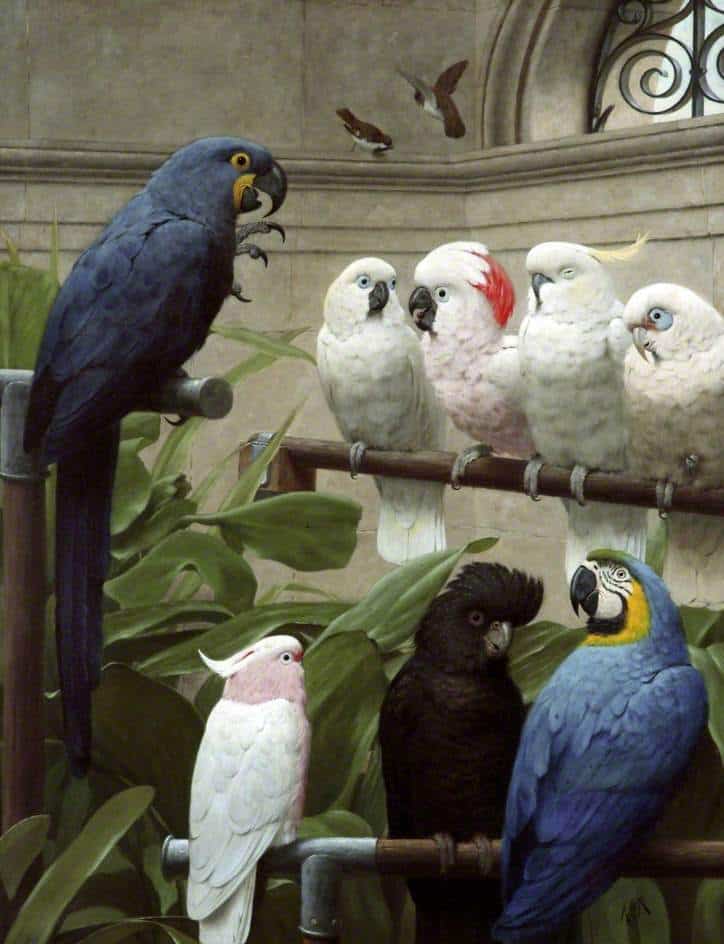
Birds occupy a special place in children’s stories, as they do in the Bible, in folklore and in fairytales. Are they good or are they evil? No other creature has so successfully been both, equally. If you’re writing a children’s story, you can do what you like with birds. Whereas dogs as companions in children’s
-
Symbolic Archetypes In Children’s Stories Analysis
These symbolic archetypes are very old. The earliest written record we have is often in fairy tales. Innate Wisdom vs. Educated Stupidity Some characters exhibit wisdom and understanding of situations instinctively as opposed to those supposedly in charge. Loyal retainers often exhibit this wisdom as they accompany the hero on the journey. This pretty much
-
Story Structure: Character Desire
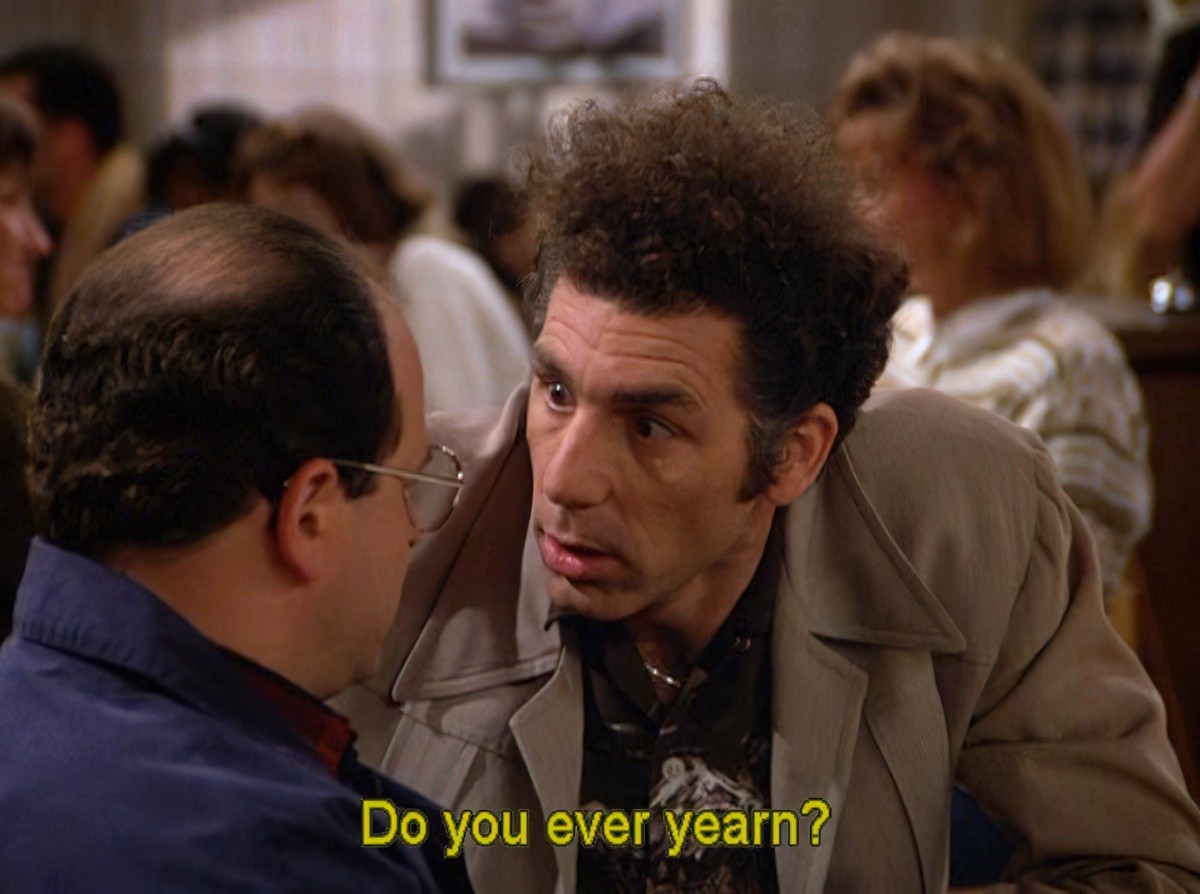
Kurt Vonnegut famously advised writers: Characters must want something, even if it’s just a glass of water.
-
Children’s Stories and Northrop Frye
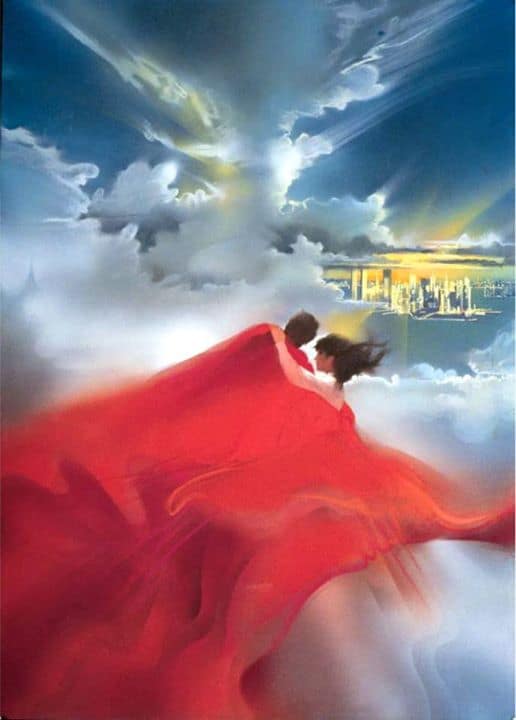
Northrop Frye was a Canadian literary theorist who died in 1991 aged 78. Frye was considered one of the most influential literary theorists of the 20th century. Sometimes his theories applied equally to children’s literature; at other times he was off the mark. One of his theories — The Displacement Of Myth — does not
-
What are character flaws in fiction writing?
Most writers are well-aware that a main character needs a shortcoming. Christopher Vogler and other high profile story gurus often talk about a lack: It can be very effective to show that a hero is unable to perform some simple task at the beginning of the story. In Ordinary People the young hero Conrad is
-
The Little Match Girl by Hans Christian Andersen
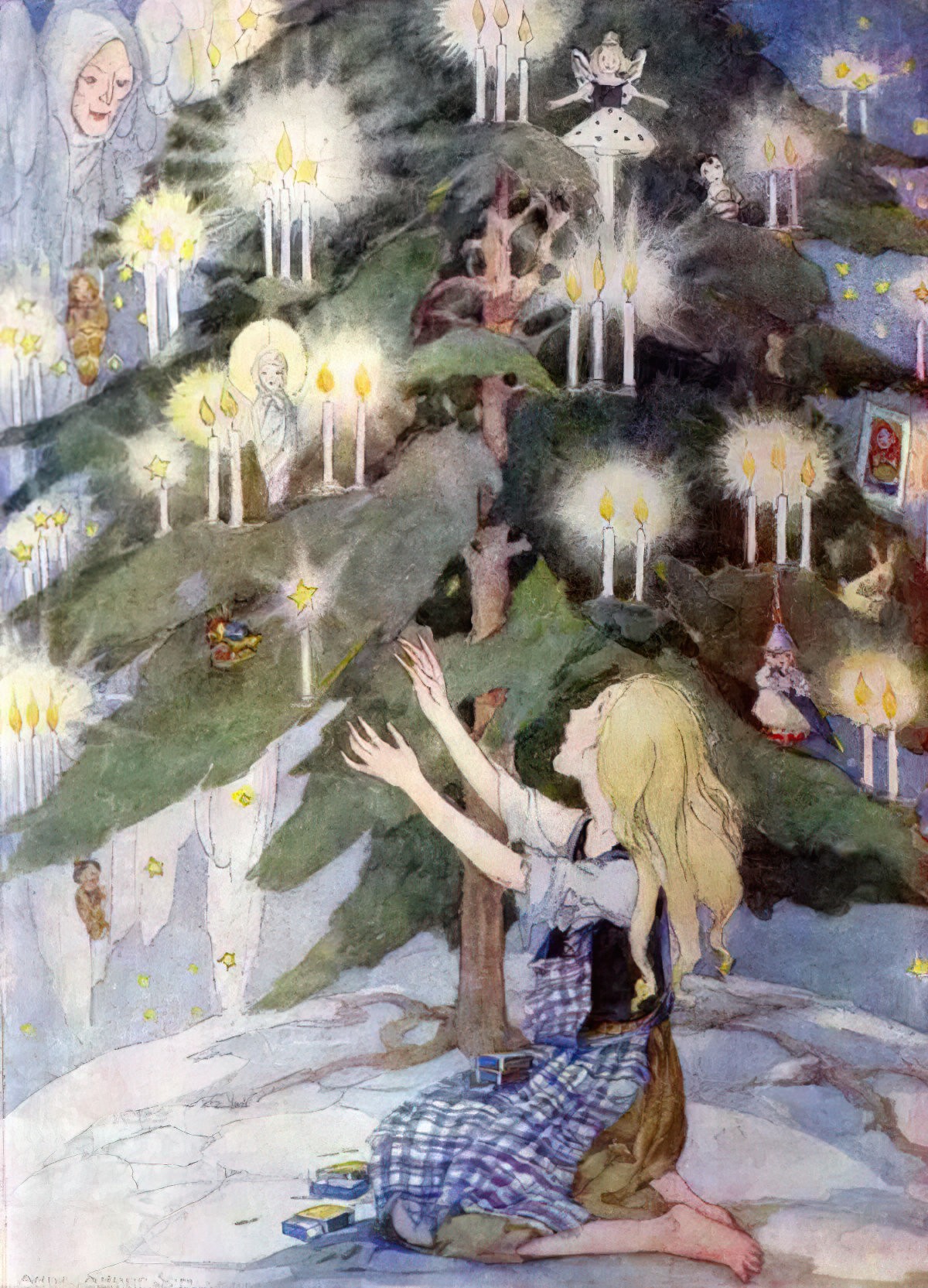
To a modern audience, The Little Match Girl is unbearably tragic. Perhaps, like me, you vividly recall reading your version of this story as a young kid and being profoundly affected. For me, it was probably the first time I considered the possibility of childhood death.
-
Pygmalion In Modern Stories And Literature
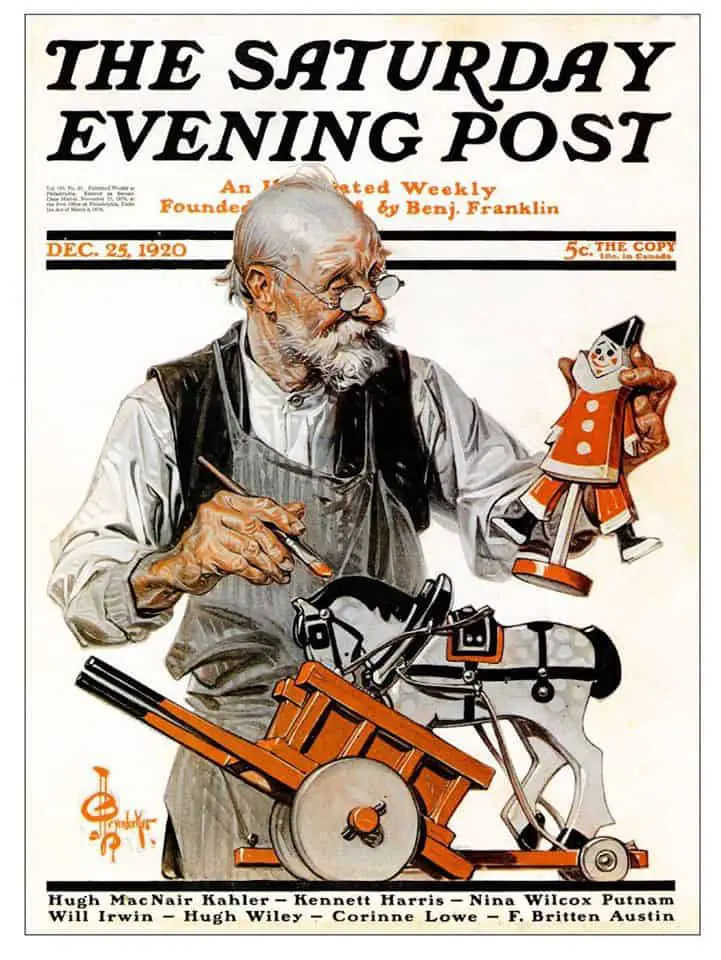
Pygmalion was a sculptor who falls in love with an ivory statue he had carved. The most famous story about him is the narrative poem Metamorphoses by Ovid. (Pygmalion can be found in book ten.) In this poem Aphrodite turns the statue into a real woman for him. In some versions they have a son,
-
Drugs In Children’s Literature
What are psychotropic drugs? Psychotropic drugs include: Mental health remains highly stigmatized. While adults who need blood thinners, cholesterol-lowering medication and insulin can take their drugs without fear of judgement, making the decision to drug your child with psychotropic drugs is considered controversial. What does this all have to do with children’s literature? Surely writers are steering clear
-
Secrets, Liars and Lies In Storytelling
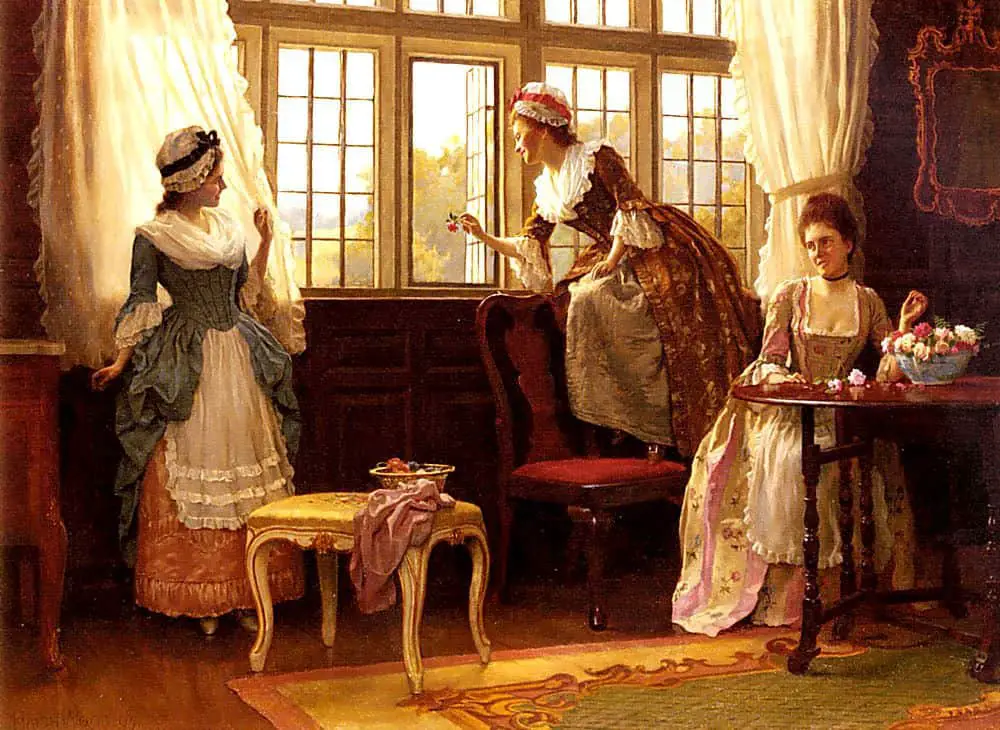
Liars are everywhere in stories. Stories themselves can be considered giant lies (which tell a deeper truth). The trope of the mask is a part of all this. Certain genres demand a ‘mask’, or, lying. That’s because entire genres are about finding out the truth: The cinema cannot show the truth, or reveal it, because
-
Pirates in Art and Storytelling
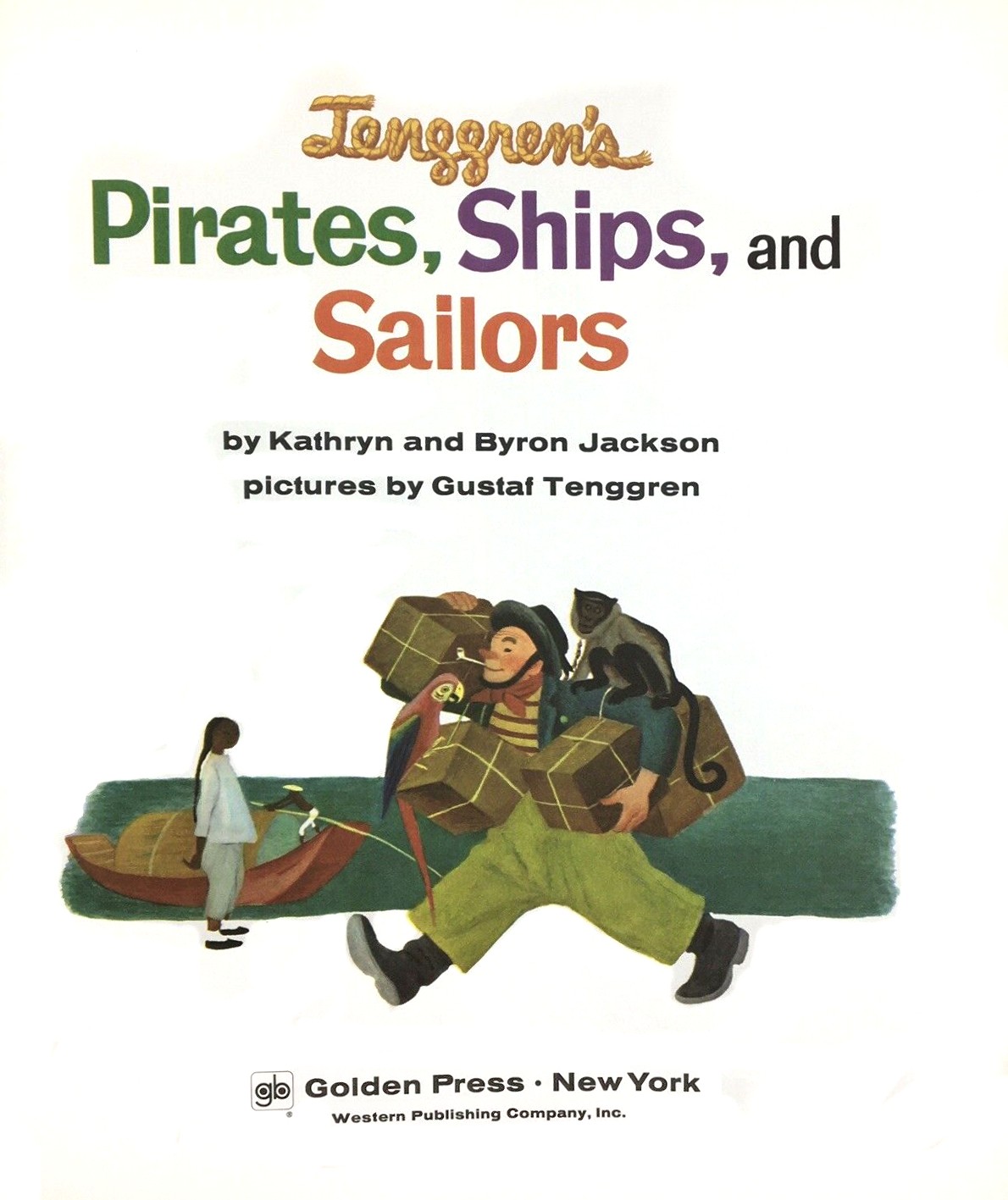
It is absolutely bizarre that we romanticise criminals the way we romanticise pirates but there we have it.
